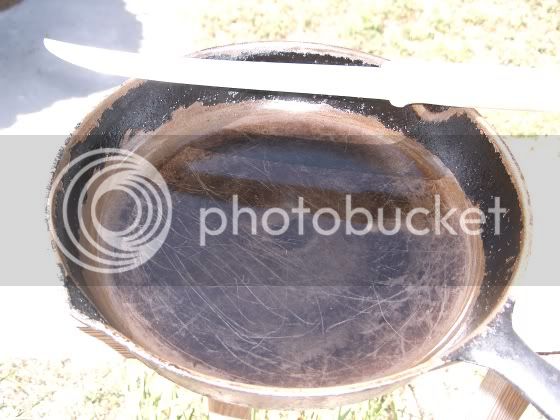wwfeatherston
40 Cal.
- Joined
- Jul 1, 2005
- Messages
- 187
- Reaction score
- 2
Made up a batch of 'poor man's bore butter' last night. Melted down some beeswax candles and added equal parts cooking oil.
Played around with the mix a bit, getting it soft, but not too messy. Kneading the mix by hand, the wife tells me this is the same stuff as her expensive hand cream, that she pays a fortune for!
Talk about killing two birds with one ball!
Played around with the mix a bit, getting it soft, but not too messy. Kneading the mix by hand, the wife tells me this is the same stuff as her expensive hand cream, that she pays a fortune for!
Talk about killing two birds with one ball!






